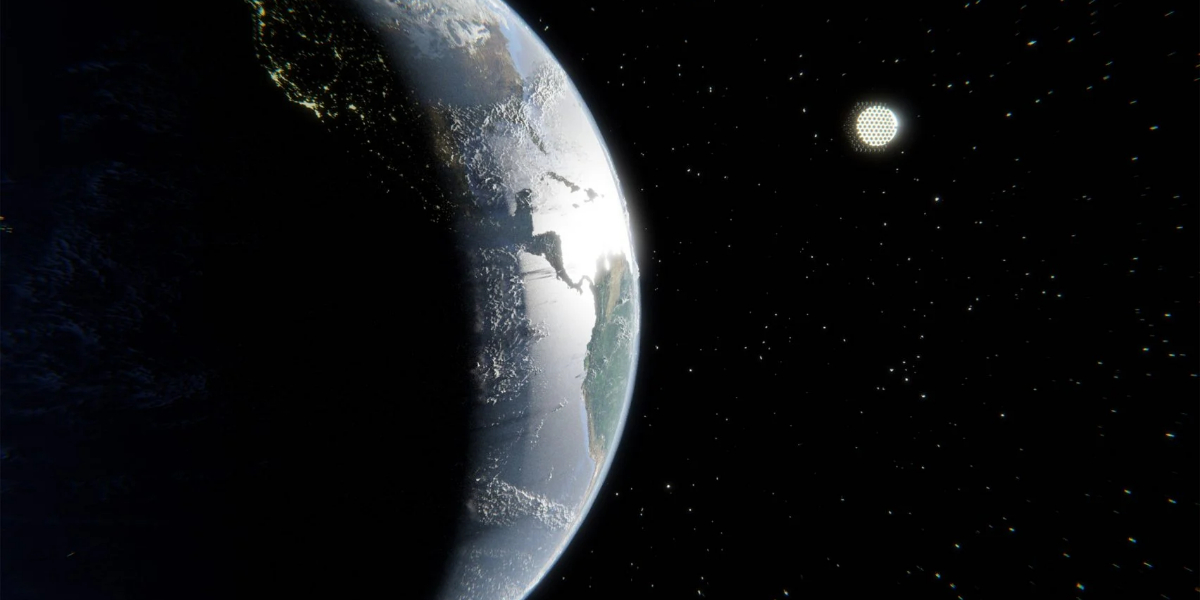AÑO
2023
CATEGORÍA
Comunidad
OBJETIVOS
Acción por el clima
PAL. CLAVE
solar radiation, geoengineering
PAÍS
United States of America
CRÉDITOS
MIT
LINK
https://www.dezeen.com/2022/06/13/mit-researchers-propose-space-bubbles-reflect-sun-design/
Space Bubbles
MIT researchers propose using a Space Bubble shield to reflect the sun
How does it work?
Architect Carlo Ratti is among a group of MIT researchers exploring the feasibility of fighting climate change with a conglomeration of "space bubbles" that would float above the Earth to reflect the sun's rays.
The Space Bubbles research project proposes floating a "raft" made of frozen bubbles at the L1 Lagrangian Point – the point between the Earth and the sun where their gravitational pulls cancel out.
The bubbles would be made of a thin-film material and manufactured in space where, when interconnected, they would cover an area roughly the size of Brazil.
Why is it needed?
The MIT researchers stress that the Space Bubbles proposal was designed to supplement not replace current climate change mitigation efforts, but that the day may come when such an intervention becomes essential.
"Geoengineering might be our final and only option," said Ratti, who is the head of MIT's Senseable City Lab. "Yet, most geoengineering proposals are earth-bound, which poses tremendous risks to our living ecosystem."
"Space-based solutions would be safer – for instance, if we deflect 1.8 per cent of incident solar radiation before it hits our planet, we could fully reverse today's global warming."
How does it improve life?
Space Bubbles is a variation on the common geoengineering idea of a solar shield, which would work by blocking out some of the incoming solar radiation to theoretically reduce the effects of global warming.
Another advantage of this particular solar shield is that it is reversible, as the bubbles could be deflated and removed from their position.
The spheres would be made from a material such as silicon, transported to space in molten form, or graphene-reinforced ionic liquids.




